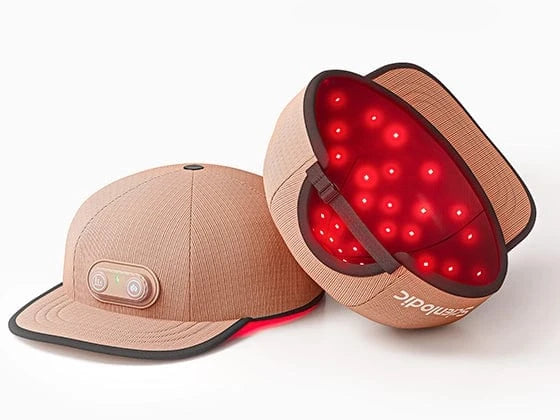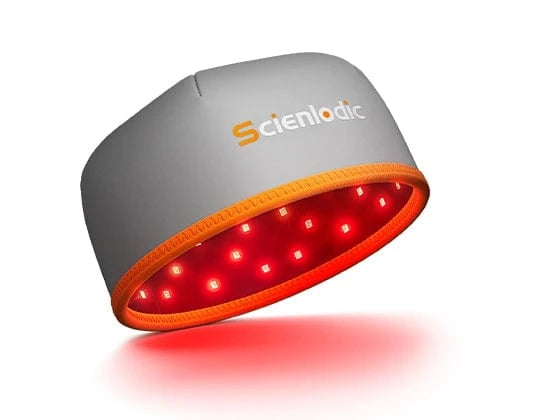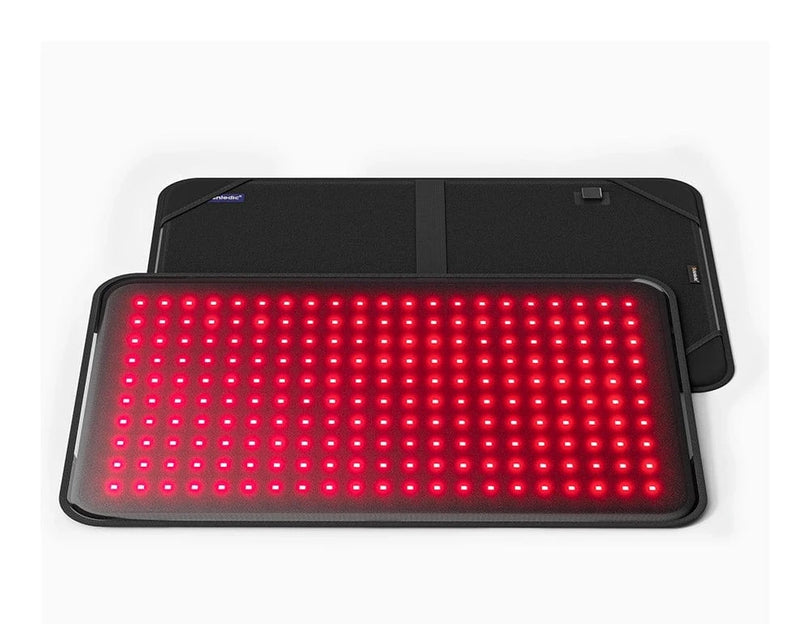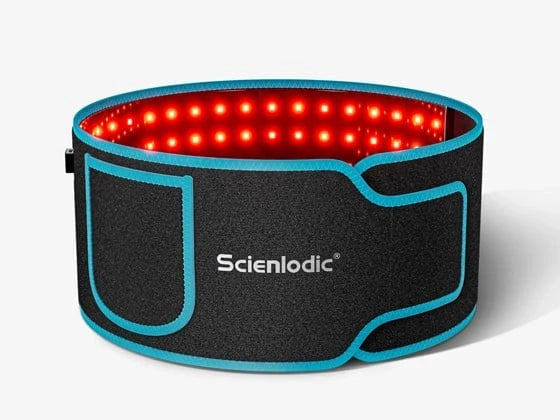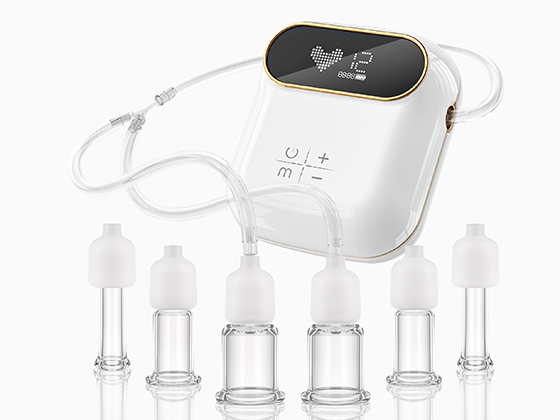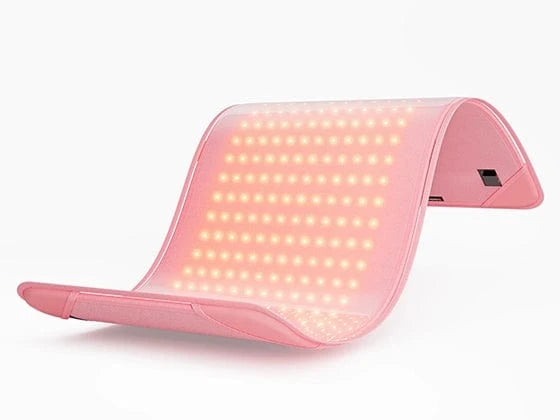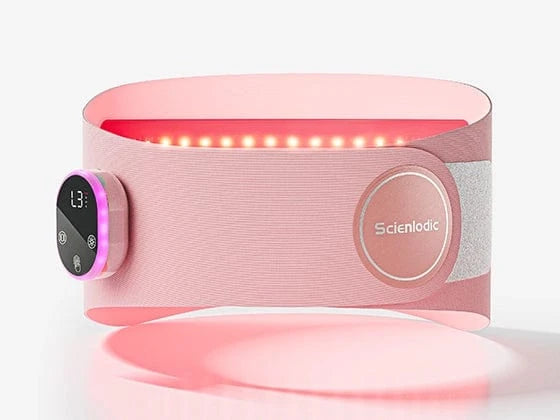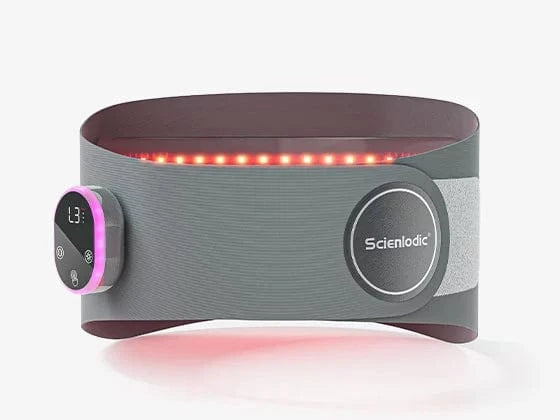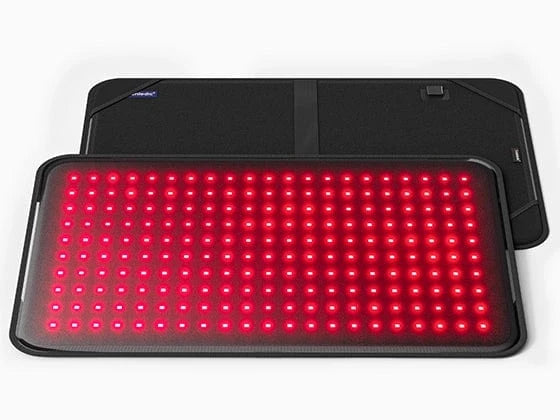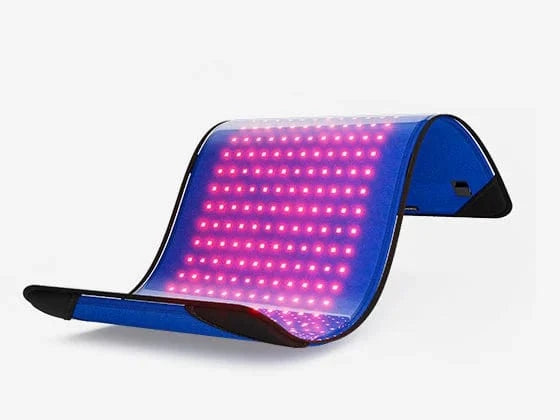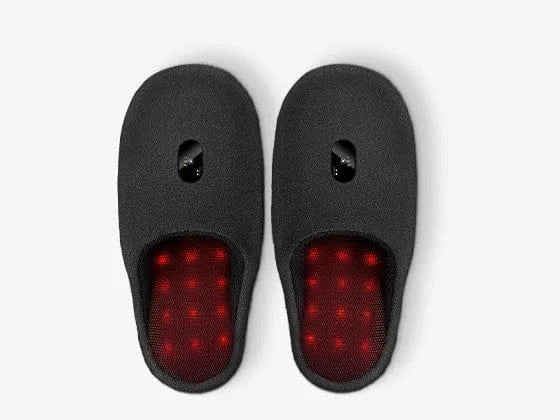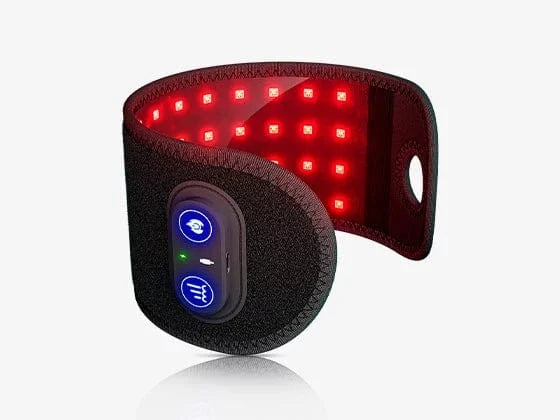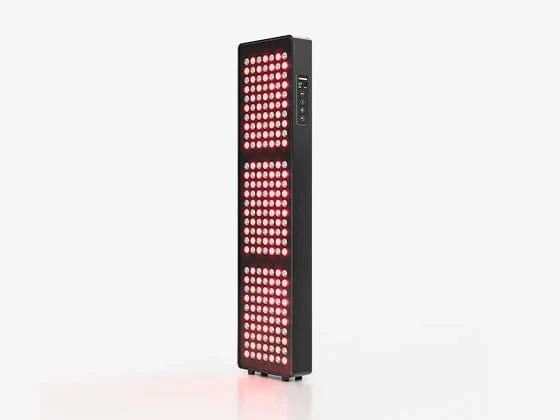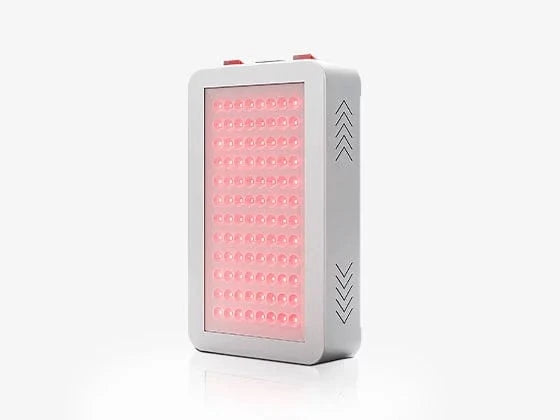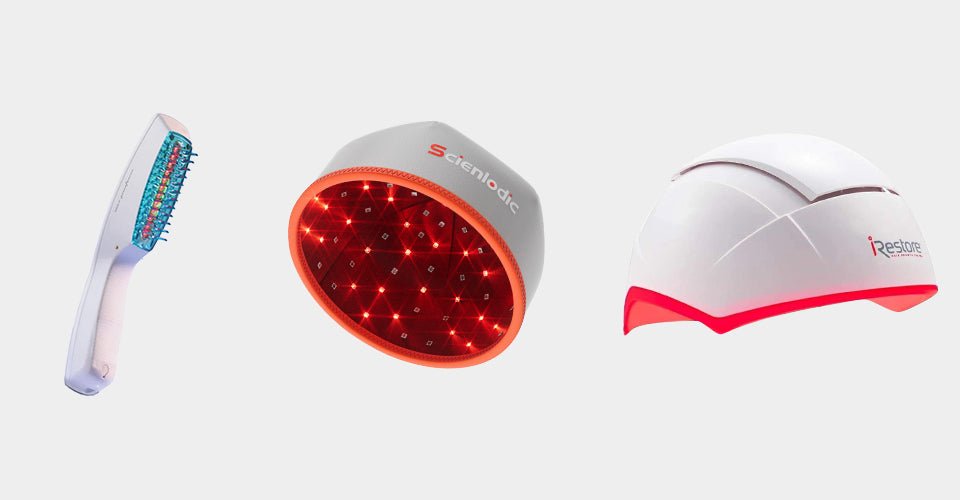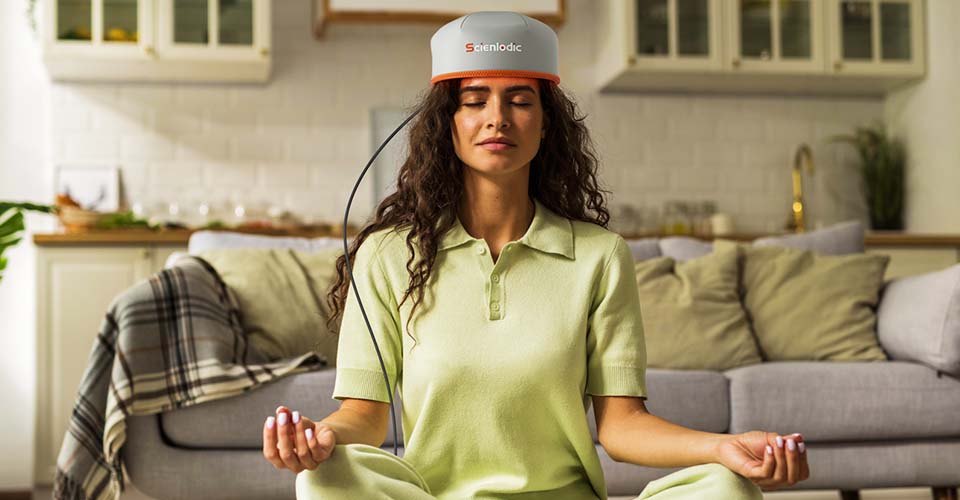Watching your hair thin or fall out can be a frustrating and demoralizing experience. Unfortunately, about 50% of men and 25% of women in the United States experience hair loss at some point, and people are willing to risk high costs and side effects to get treatment. We've been willing to take risks because we didn't have a choice, so why wouldn't we try an alternative solution if one came along?


More interestingly, as we dug into the research information, we confirmed the best red light therapy for hair loss and how you can enjoy the results for less than a dollar daily.
Before that, I want to take you through the science behind red light therapy for hair loss. You can click on the table of contents and choose what you want to know, or ask our Red Light consultant!
Research on red light therapy benefits for hair loss: why is it work?
There is a lot of research on red light therapy and its applications. Studies have found that it focuses on using low levels of light to stimulate cellular function to promote repair and healing for various medical and cosmetic purposes. Check out our blog to learn more.
But red light therapy is not a cure-all. Using hair loss as an example problem, part of hair loss is influenced by genetics, and red light therapy can't do anything to change your genes. We want to make the discussion of red light therapy for hair loss as enjoyable as possible for its potential benefits. Of course, you can you can click on the bottom right to consult with our Red Light consultant to confirm your suitability!
Here I will separately list experimental and clinical studies of red light therapy for hair loss to see how it stimulates hair follicles to produce more energy and create a scalp environment that leads to thicker, healthier hair.
Definitive History Of Light Therapy
We found that Pinar Avci helped us with the collection and compilation by publishing a review-style research paper, and more importantly, these are studies related to hair loss and hair growth.
|
Title |
Low-Level Laser (Light) Therapy (LLLT) for Treatment of Hair Loss [2] |
|
Published on |
Lasers Surg Med. 2014 Feb |
|
Research process |
The authors reviewed the literature, including experiments from 1960 to 2014, such as hair growth tests in mice and humans under LLLT. In addition to some clinical trials in animals and humans, light studies with different light sources, wavelengths, and powers are also mentioned. |
|
Findings |
LLLT, also known as red light therapy, appears safe and effective for treating hair loss in both men and women. |
Reduce Inflammation
Androgenetic alopecia(AGA), a cause of hair loss in 95% of men [3] as well as affecting a portion of women, has a 40% probability [4] of causing inflammation of the scalp and hair follicle tissue, triggering apoptosis and perifollicular fibrosis, which in turn leads to thinning and loss of hair.
No papers directly assess the effects of red light therapy on scalp inflammation in humans. Given the lack of rigor in the results of human clinical treatments, we will only compile the available studies of inflammation reduction in mammalian trials.
|
Title |
|
|
Published on |
J Photochem Photobiol B. 2005 Feb 1 |
|
Research process |
A 14-day comparative test experiment using 60 second-degree burn mice was conducted by comparing the medical evaluation of three groups: no treatment, drug treatment, and laser treatment The laser treatment group received low-level laser treatment with 30 minutes of daily exposure. |
|
Findings |
LLLT, also known as red light therapy, may reduce inflammation by inhibiting the incidence of germs and the proliferation of immune cells. |
Enlarged hair follicles
AGA will also shrink your hair follicles. Simply put, high levels of testosterone provide a constant supply of "dihydrotestosterone (DHT)," [6] which acts on the hair follicle, causing it to shrink gradually and hair to become thinner and softer, with a progressive decrease in diameter and density, resulting in clinical baldness.
One of the reasons we have discovered red light therapy for hair loss is its ability to expand the hair follicles.
|
Title |
|
|
Published on |
Dermatol Surg. 2013 Aug |
|
Research process |
A 24-week comparative test trial was conducted with 128 male AGA patients who required two 20-minute sessions per week using a cap device. The study group's device contained a 630/650/660 nm red light LED source, while the control group did not. |
|
Findings |
The study group significantly increased follicle size, reduced inflammation, and had a 35.4% increase in average hair volume. |
We have discovered the principles of red light therapy for hair loss that are frequently interspersed in these studies, and they are helpful for most hair loss, including those caused by AGA and physical traction. However, we always recommend consulting with a healthcare professional to determine the cause and best course of action or joining our group and consulting with our Red Light consultants to avoid the risks.

What is the best red light therapy for hair loss?
There are many names for Red light therapy, like Low-Level Light Therapy (LLLT), Photobiomodulation (PBM), Phototherapy, etc., but they are all the same. What we should focus on is what kind of light source to use.
The best light therapy for hair loss should be gentle and effective, and LED red light is the answer.

In most studies on red light therapy for hair loss, including the one mentioned above, the LED light source used has a wavelength in the range of 655nm ± 20nm. Some experiments have suggested that combining this wavelength with other light sources, such as 800-850nm near infrared light, can lead to an even greater therapeutic effect.
Among the wavelengths, research has proven the most useful for treating hair loss - 660nm & 850nm.
The 660nm red light can promote the metabolic activity of cells, thus improving the growth and regeneration of hair follicle cells. In comparison, the 850nm infrared light can improve blood circulation and promote the oxygen supply and nutrition of hair follicles, thus increasing the growth and density of hair.
LED vs. Laser
Compared to traditional methods, we choose red light therapy for hair loss to circumvent the treatment's high cost and side effects. So, in this case, why should we select the expensive and challenging to use an at-home laser?
As a safer, environmentally friendly, and equally effective option, you don't need to pay the high cost of going to a clinic for laser exposure. Instead, choose the right LED device and enjoy red light therapy for hair loss at home for less than a dollar per session.

Hair loss red light Therapy guide
Choose the best red light therapy device.
You will find many red light hair growth devices on Google or Amazon, but what is the best device? Based on the following key points.
-
Wavelength - the most effective 620-670nm & 800-850nm
-
FDA approval - The guarantee of safety comes from rigorous testing
-
Low or Zero EMF - It is not worth the cost to treat but put yourself in the harmful radiation.
-
Application - it should fit your head circumference and be easy to use in your daily life
You can read The Ultimate Guide to Red Light Therapy Devices for Hair Growth to learn why we recommend them and as a reference to shop for the right products for you. We always recommend LED devices that have scattering properties and require less expertise from the person using them. If you still have questions, please join our group or subscribe to us at the bottom of the site to receive free advice at any time.
Start your hair loss treatment plan.
Scienlodic Hair Regrowth Hat is an LED red light therapy device with the two most effective wavelengths for hair loss. We highly recommend it for beginners to cover the complete scalp area for treatment, it is effective and gentler than lasers, and we have prepared a comprehensive plan to help you get the best results.
-
Wash and make hair dry before using.
-
Use it in a relaxing environment for the brain, such as on a lunch break or reading while lying on the couch.
-
Use 3-4 times a week for 10-20 minutes each.
-
Stick with it for 4-6 weeks.
You can tell us about your situation to determine the best frequency of use.
We are sincerely pleased with the results of our users after using Scienlodic Hair Regrowth Hat. If you want to see more users' hair loss treatment process and product usage tips, please subscribe to our website at the bottom and join our group to communicate.

Summary
Red Light Therapy (RLT) is a safe and effective treatment for hair loss backed by sufficient laboratory data to stimulate hair follicles and growth, reduce inflammation and improve the scalp environment. It is a non-invasive alternative to hair loss treatment.
Please consult a healthcare professional before starting red light therapy to see if it suits your situation. While various red light therapy devices are now available for home use, many causes of hair loss exist. Determining the underlying cause is essential in determining the appropriate treatment plan.
Additional Resources:
[1] Jimenez JJ, Wikramanayake TC, Bergfeld W, Hordinsky M, Hickman JG, Hamblin MR, Schachner LA. Efficacy and safety of a low-level laser device in treating male and female pattern hair loss: a multicenter, randomized, sham device-controlled, double-blind study. Am J Clin Dermatol. 2014 Apr;15(2):115-27. doi: 10.1007/s40257-013-0060-6. PMID: 24474647; PMCID: PMC3986893.
[2] Avci P, Gupta GK, Clark J, Wikonkal N, Hamblin MR. Low-level laser (light) therapy (LLLT) for treatment of hair loss. Lasers Surg Med. 2014 Feb;46(2):144-51. doi: 10.1002/lsm.22170. Epub 2013 Aug 23. PMID: 23970445; PMCID: PMC3944668.
[3] Delaney SW, Zhang P. Systematic review of low-level laser therapy for adult androgenic alopecia. J Cosmet Laser Ther. 2018 Aug;20(4):229-236. doi: 10.1080/14764172.2017.1400170. Epub 2017 Dec 29. PMID: 29286826.
[4] Whiting DA. Chronic telogen effluvium: increased scalp hair shedding in middle-aged women. J Am Acad Dermatol. 1996 Dec;35(6):899-906. doi: 10.1016/s0190-9622(96)90113-9. PMID: 8959948.
[5] Bayat M, Vasheghani MM, Razavi N, Taheri S, Rakhshan M. Effect of low-level laser therapy on the healing of second-degree burns in rats: a histological and microbiological study. J Photochem Photobiol B. 2005 Feb 1;78(2):171-7. doi: 10.1016/j.jphotobiol.2004.08.012. PMID: 15664505.
[6] Ellis JA, Sinclair R, Harrap SB. Androgenetic alopecia: pathogenesis and potential for therapy. Expert Rev Mol Med. 2002 Nov 19;4(22):1-11. doi: 10.1017/S1462399402005112. PMID: 14585162.
[7] Kim H, Choi JW, Kim JY, Shin JW, Lee SJ, Huh CH. Low-level light therapy for androgenetic alopecia: a 24-week, randomized, double-blind, sham device-controlled multicenter trial. Dermatol Surg. 2013 Aug;39(8):1177-83. doi: 10.1111/dsu.12200. Epub 2013 Apr 3. PMID: 23551662.

